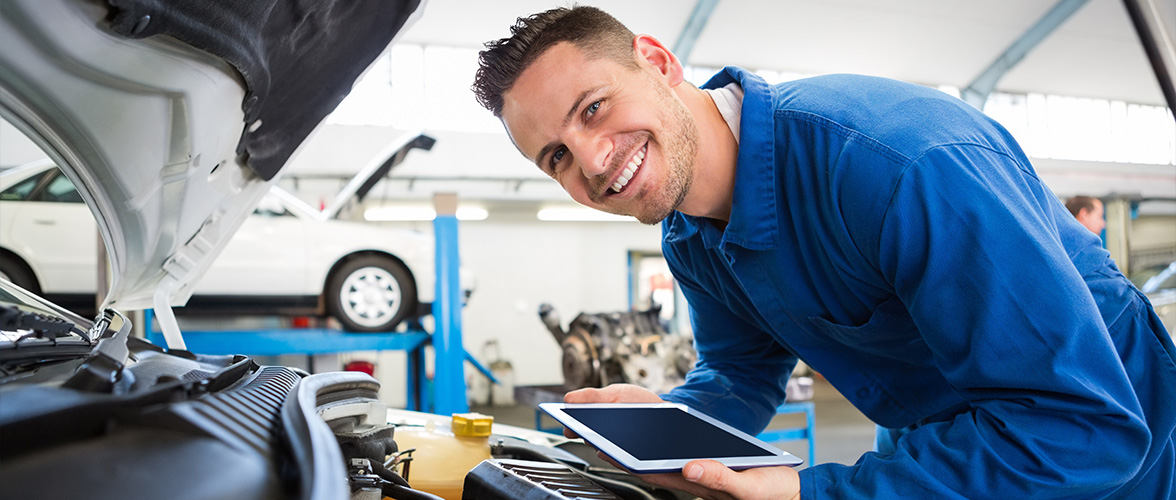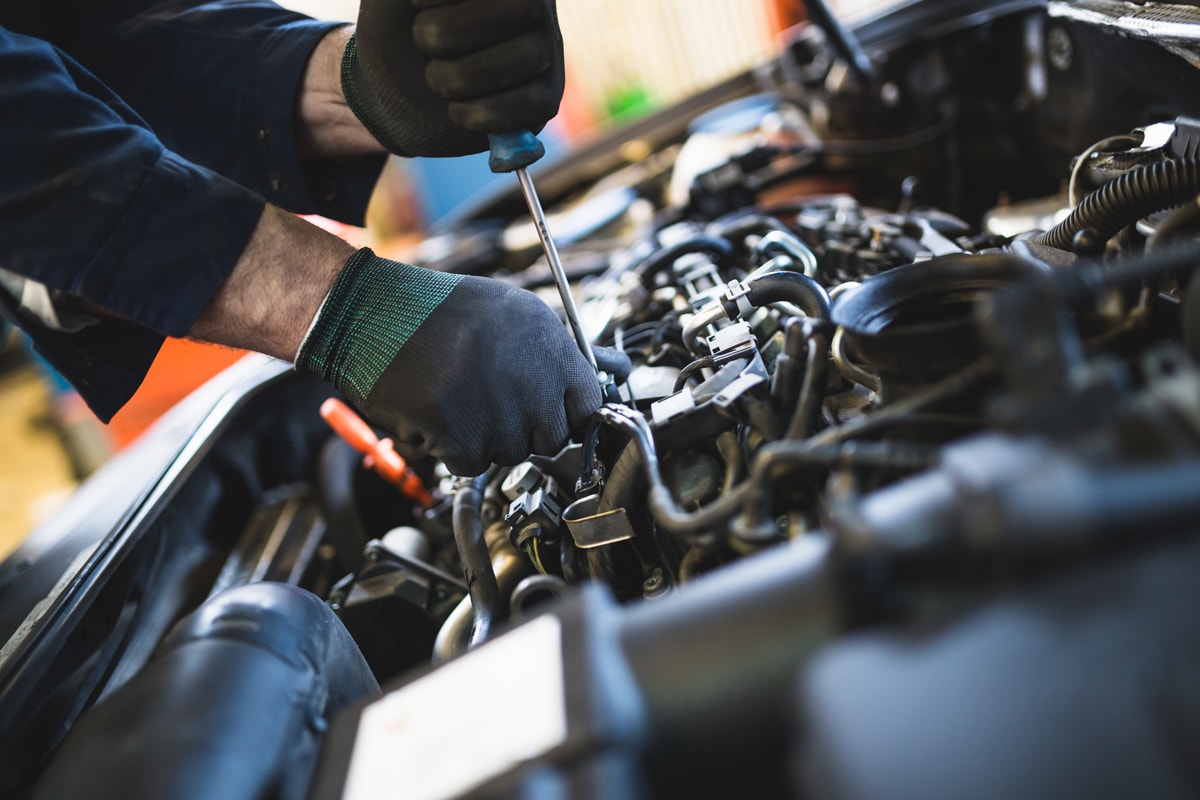Featured

When it involves lorry repair services or upgrades, one of one of the most crucial choices you'll face is whether to choose Original Devices Producer (OEM) parts or aftermarket parts. Both choices supply distinctive advantages and drawbacks, so recognizing the differences between them is necessary for making an educated choice. In this post, we'll discover the advantages and restrictions of OEM and aftermarket components to help you make a decision which is best matched for your auto.
What Are OEM Parts? OEM parts are produced by the very same supplier that made the original parts in your lorry. These parts are made to meet the specific specifications of your car, ensuring they are a specific fit and use the very same efficiency as the parts that included the car when it was very first developed. OEM parts are commonly thought about the "factory criterion" due to the fact that they come directly from the car's producer or a qualified provider.

One of the primary benefits of using OEM parts is their assured high quality. Considering that these components are made to the exact same requirements as the originals, they typically give an excellent fit and dependable efficiency. Additionally, many OEM parts include a service warranty, providing you peace of mind that you'll be secured in instance of defects.
What Are Aftermarket Components? Aftermarket components are made by third-party makers that are not connected with your vehicle's initial manufacturer. These parts are designed to fit a wide range of cars and are normally more economical than OEM parts. Aftermarket components can be used for routine repair work or upgrades, and they often provide a more comprehensive series of choices contrasted to OEM components.

The main appeal of aftermarket components is their affordability. Because they are generated by independent makers, they are generally priced reduced than OEM components. In addition, aftermarket components might give far better performance or extra functions not available in OEM options. Aftermarket exhaust systems, brake pads, and suspension elements usually use renovations in performance or looks that may not be located in OEM parts.
Benefits of OEM Parts. Accuracy and Compatibility: OEM components are made particularly for your automobile's make and design, ensuring they fit flawlessly and execute to the exact specs called for. Warranty Protection: Several OEM components feature service warranties, offering coverage in situation of defects or premature failure. Quality control: Given that OEM components are made by the original manufacturer, they go through the very same extensive quality assurance requirements as the parts set up in your automobile when it was very first developed. Resale Value: If you prepare to sell your cars and truck, having OEM parts can assist preserve its resale value, as prospective buyers might be a lot more thinking about an automobile that has been repaired with original parts. Advantages of Aftermarket Components. Expense Savings: Aftermarket components are generally much less expensive than OEM components, which can be a substantial advantage if you get on a budget or wish to save cash on repair work. Range and Modification: Aftermarket components provide a broader variety of options, including performance upgrades and visual enhancements. If you desire to increase horsepower or improve your automobile's look, aftermarket alternatives can use special remedies. Schedule: Aftermarket parts are commonly much easier to find than OEM parts, particularly for older lorries that might no much longer have readily available OEM elements. Efficiency Improvements: Some aftermarket parts are developed with performance in mind, such as high-performance brakes, air filters, or exhaust systems. These parts can boost your car's total efficiency and driving experience. Disadvantages of OEM Parts. Greater Rate: One of the most substantial downside to OEM components is their cost. They are normally a lot more pricey than aftermarket alternatives, which can include up quickly if your cars and truck requires several fixings. Limited Personalization: OEM parts are designed to recover your car to its initial specifications, suggesting they may not provide the exact same variety of personalization options as aftermarket parts. Schedule Issues: Relying on the age of your car, certain OEM parts may be more challenging to discover or discontinued, making repairs extra challenging. Negative Aspects of Aftermarket Parts. Inconsistent High quality: While many aftermarket parts are of high quality, others may be inadequately made or do not have the durability of OEM parts. It is very important to look into the maker and check out reviews to make sure the top quality of the part you're thinking about. Fitment Issues: Aftermarket parts are created to fit a large array of lorries, yet they may not always provide the perfect fit that OEM parts ensure. This can result in setup issues or suboptimal efficiency. No Surefire Service warranty: While some aftermarket components come with service warranties, they might not be durable or as detailed as those supplied by OEM components. In many cases, utilizing aftermarket components might likewise impact your lorry's guarantee protection if it's still energetic. Just how to Make a decision In Between OEM and Aftermarket Parts. The decision between OEM and aftermarket components eventually depends upon your particular needs, preferences, and budget plan. Here are a couple of factors to consider to help assist your selection:
Budget plan: If saving cash is a priority, aftermarket parts are normally the a lot more economical choice. However, understand that less costly components may not last as long as OEM components, which could result in higher costs down the road. Automobile Age and Condition: For more recent vehicles, especially those under warranty, it's typically a great idea to choose OEM components to maintain the auto's honesty and maintain its resale value. For older vehicles, aftermarket components may be much more sensible, especially if the lorry is no much longer under guarantee or if you're attempting to expand its life-span with cost-efficient remedies. Repair Work Kind: Certain crucial repair work, especially those associated to safety and security (brakes, airbags, etc), are best handled with OEM components to guarantee the highest degree of security and efficiency. For non-essential repair work or modifications, aftermarket components can provide a superb equilibrium of quality and price. Performance and Customization: If you're seeking performance upgrades or distinct personalization options, aftermarket parts might be the ideal option. Many aftermarket makers layout parts especially for improving your automobile's abilities, whether it's for better efficiency or visual appeals. Verdict. Both OEM and aftermarket parts have their disadvantages and pros, and the best choice depends on your details demands and top priorities. OEM parts are optimal for preserving the initial top quality and efficiency of your automobile, while aftermarket components provide expense savings, customization choices, and a more comprehensive range of alternatives.
Latest Posts
Unlock WyHy FCU – Top Benefits for Your Money Goals
Published May 27, 25
1 min read
Don’t Miss Limited-Time Auto Repair Offers in Chicago at Montclare Auto Repair
Published May 25, 25
1 min read
Find Out Cut Costs on Car Maintenance with Montclare Auto Repair’s Special Deals
Published May 24, 25
1 min read
More
Latest Posts
Unlock WyHy FCU – Top Benefits for Your Money Goals
Published May 27, 25
1 min read
Don’t Miss Limited-Time Auto Repair Offers in Chicago at Montclare Auto Repair
Published May 25, 25
1 min read
Find Out Cut Costs on Car Maintenance with Montclare Auto Repair’s Special Deals
Published May 24, 25
1 min read